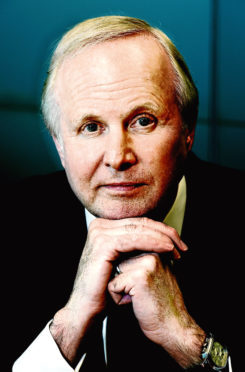Energy giant BP has predicted global oil demand could peak by the late 2030s.
In its latest Energy Outlook report, which forecasts trends until 2040, BP said renewables would account for about a quarter of the world’s energy supply.
The mix of fuels is to be the “most diverse” the world has seen as global energy demand increases, driven by emerging economies like China and India and use of cars, it said.
Demand for oil is expected to grow through much of the outlook period, however. This is set to plateau at around 110million barrels per day in the mid-2030s, according to BP chief economist Spencer Dale.
Electric vehicles are expected to account for around one-third of road mileage by 2040, with engine efficiencies and increased sharing of self-driving cars predicted to impact oil demand.
BP revised upwards its growth forecast for renewable power, which is expected to grow by 40% by the end of the outlook period.
Natural gas will see rapid growth, overtaking coal as the second-largest source of energy, the report said.
Mr Dale added: “We are seeing growing competition between different energy sources. Natural gas grows much faster than either oil or coal, overtaking coal and converging on oil by the end of the outlook. Coal is moving to its lowest level since the industrial revolution.”
BP chief executive Bob Dudley said the transition should be a race to lower emissions, not a race to renewables, adding: “BP’s strategy has to be resilient and adaptable to significant changes in the energy industry.
“We cannot predict where these changes will take us, but we can use this knowledge to get fit and ready to play our role in meeting the energy needs of tomorrow.”
